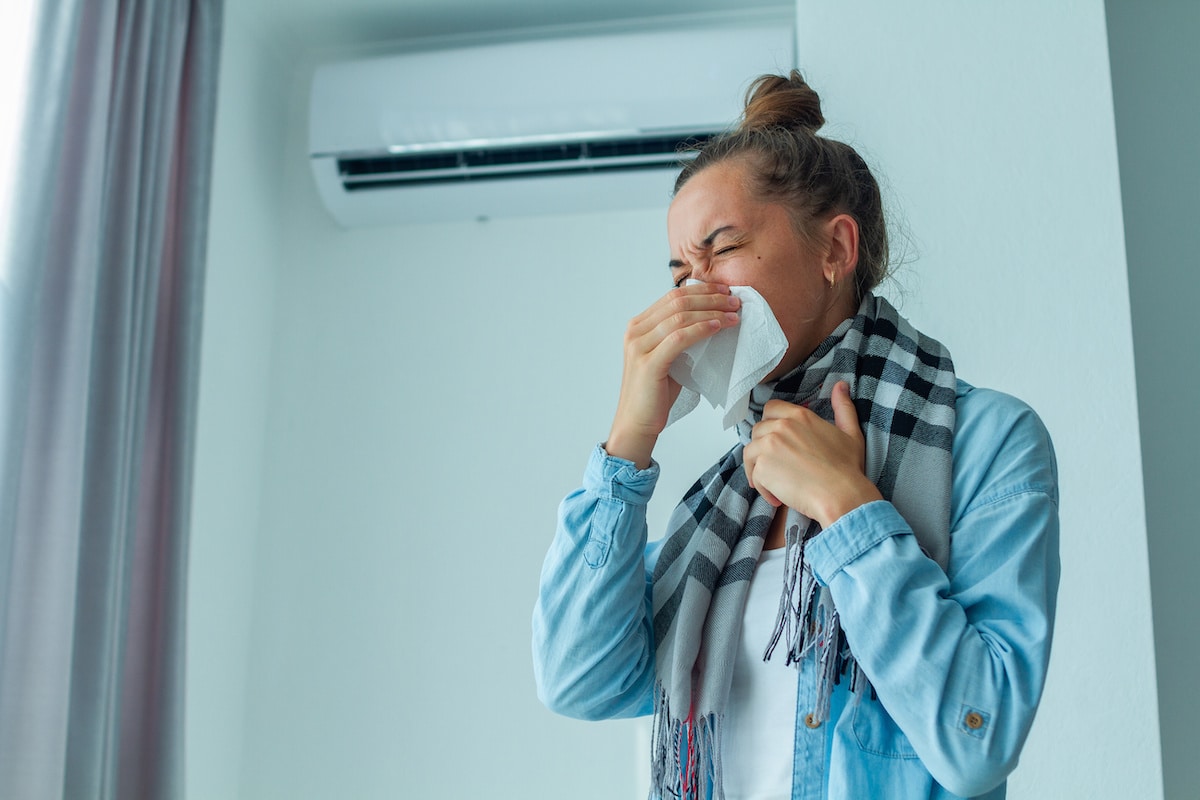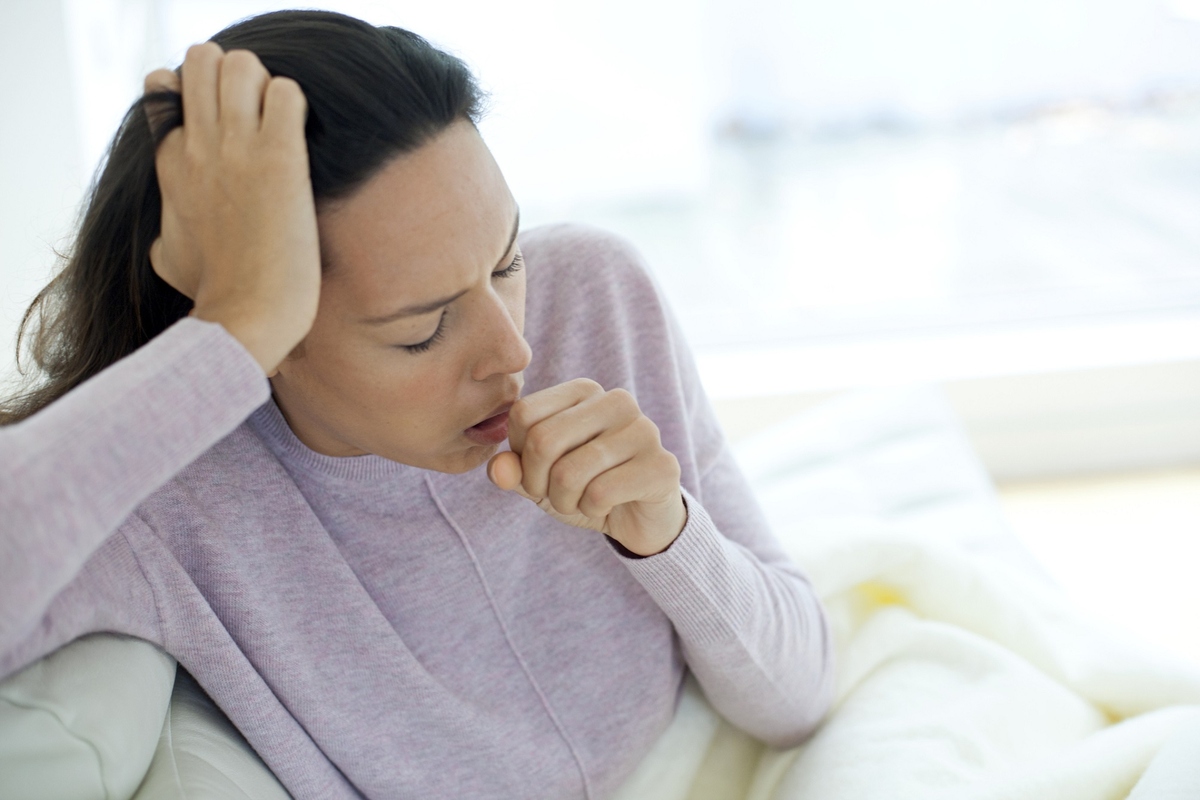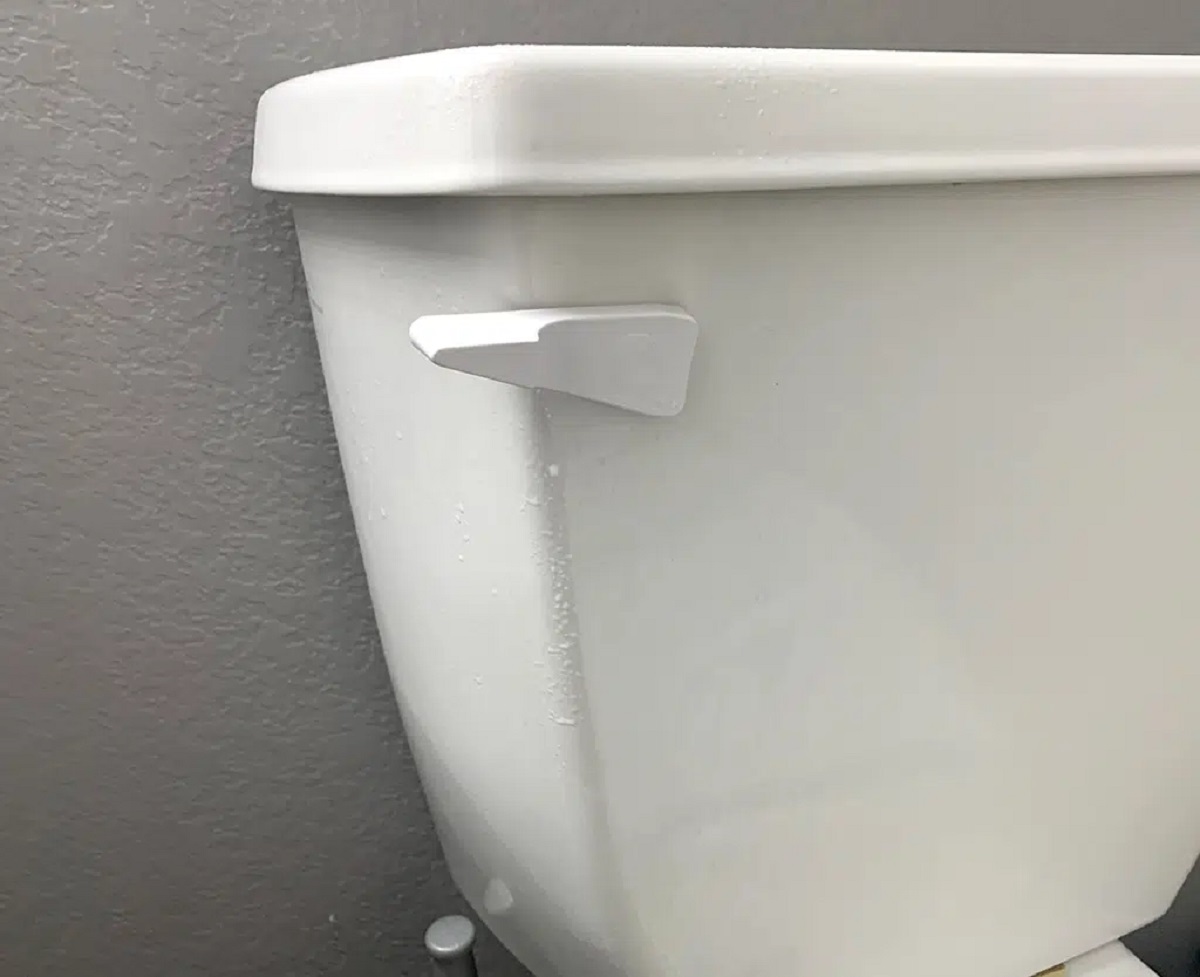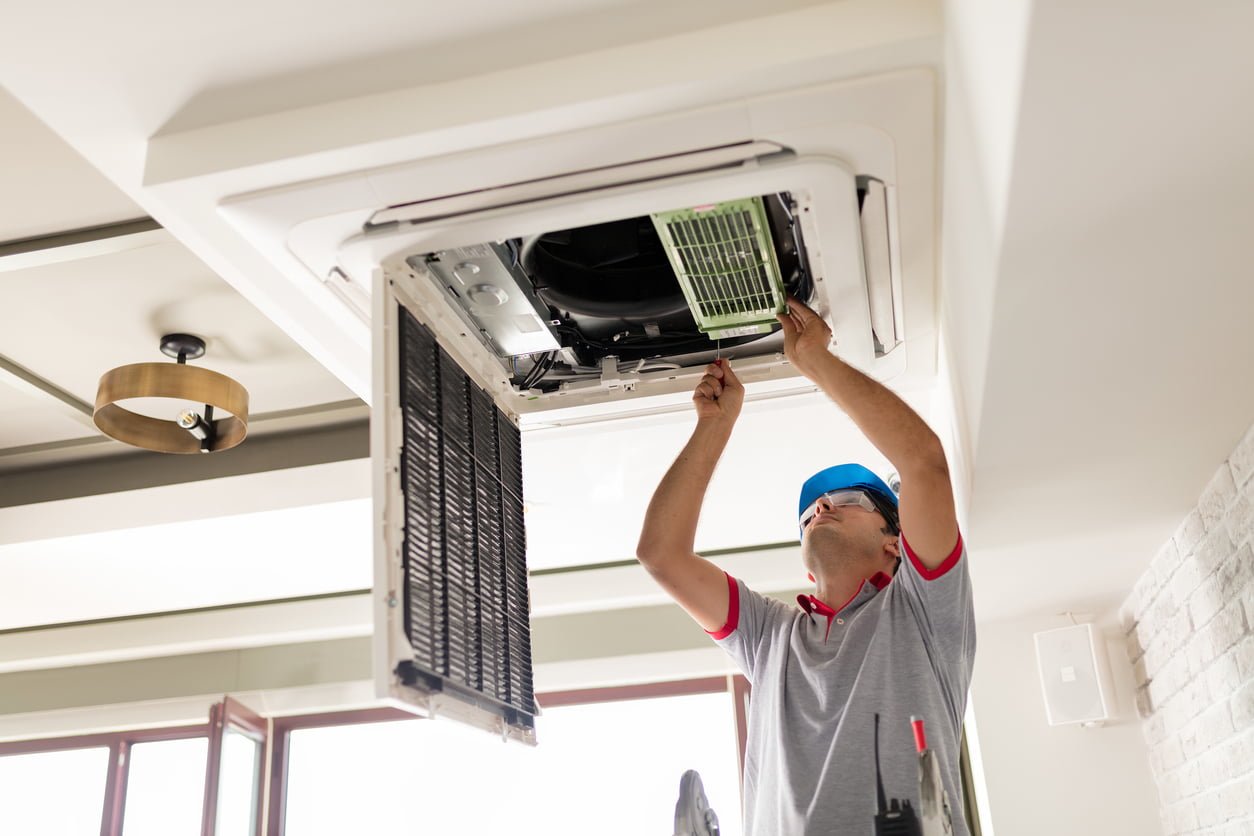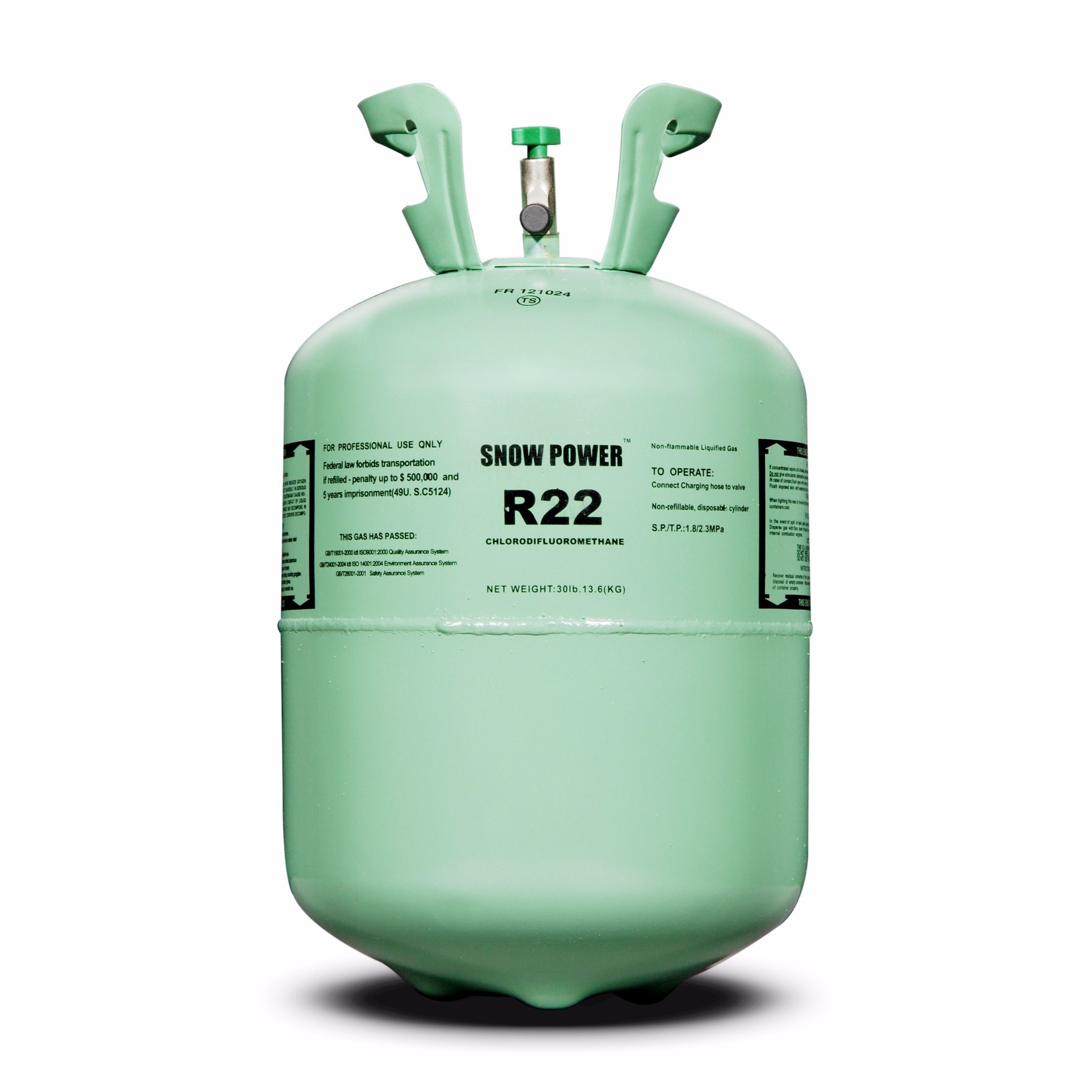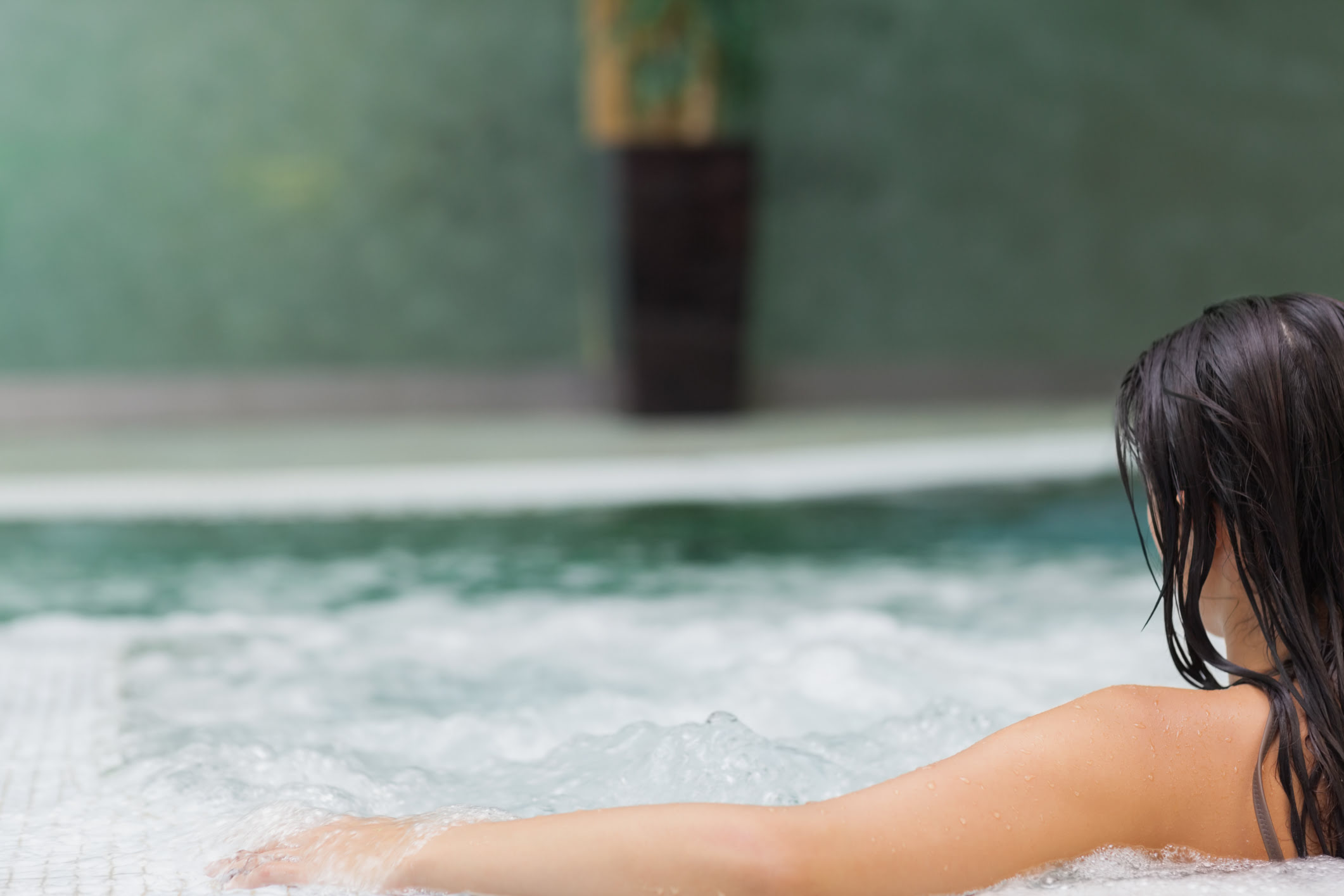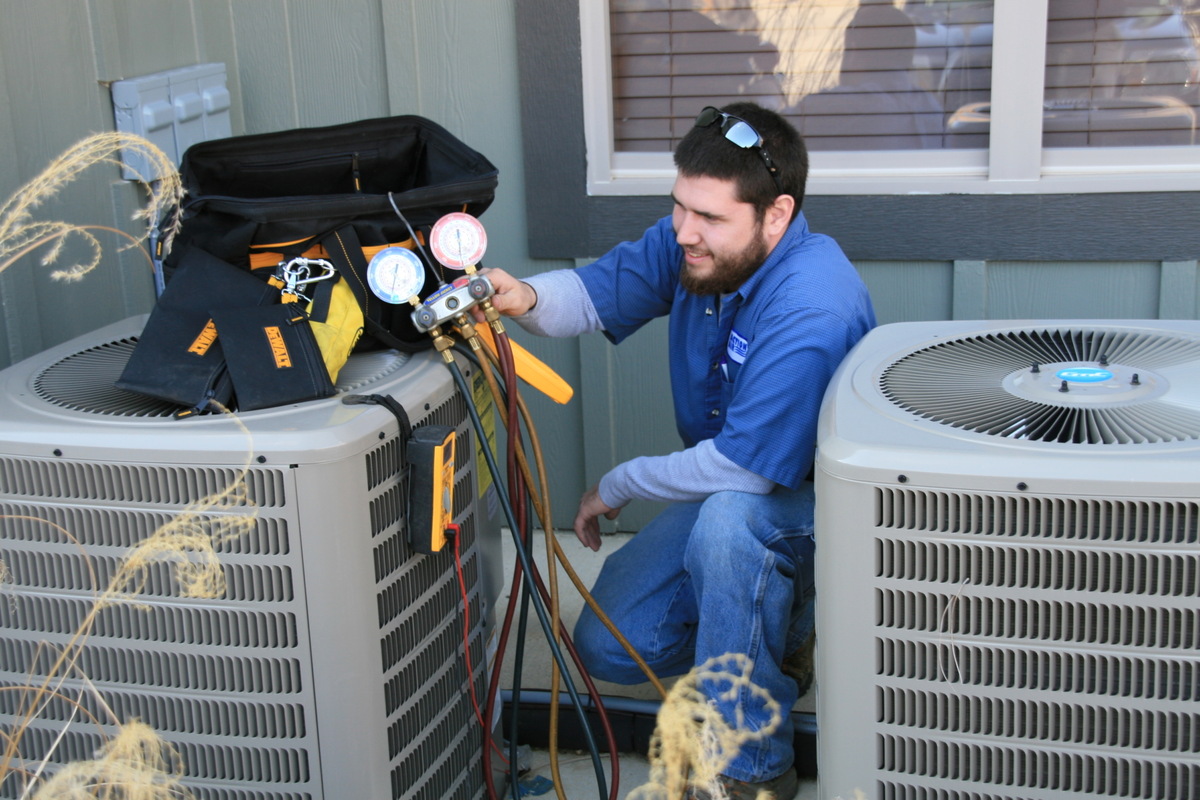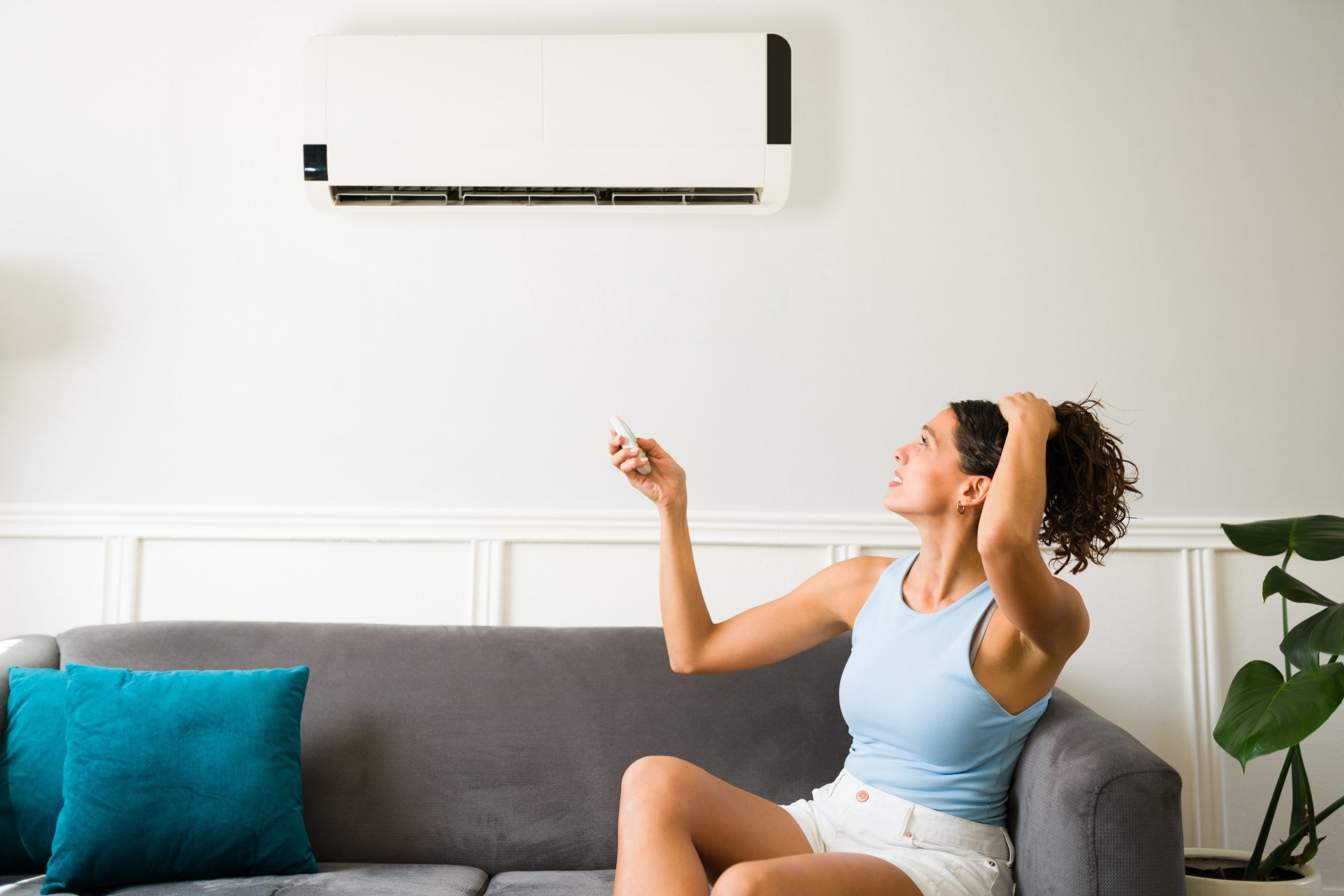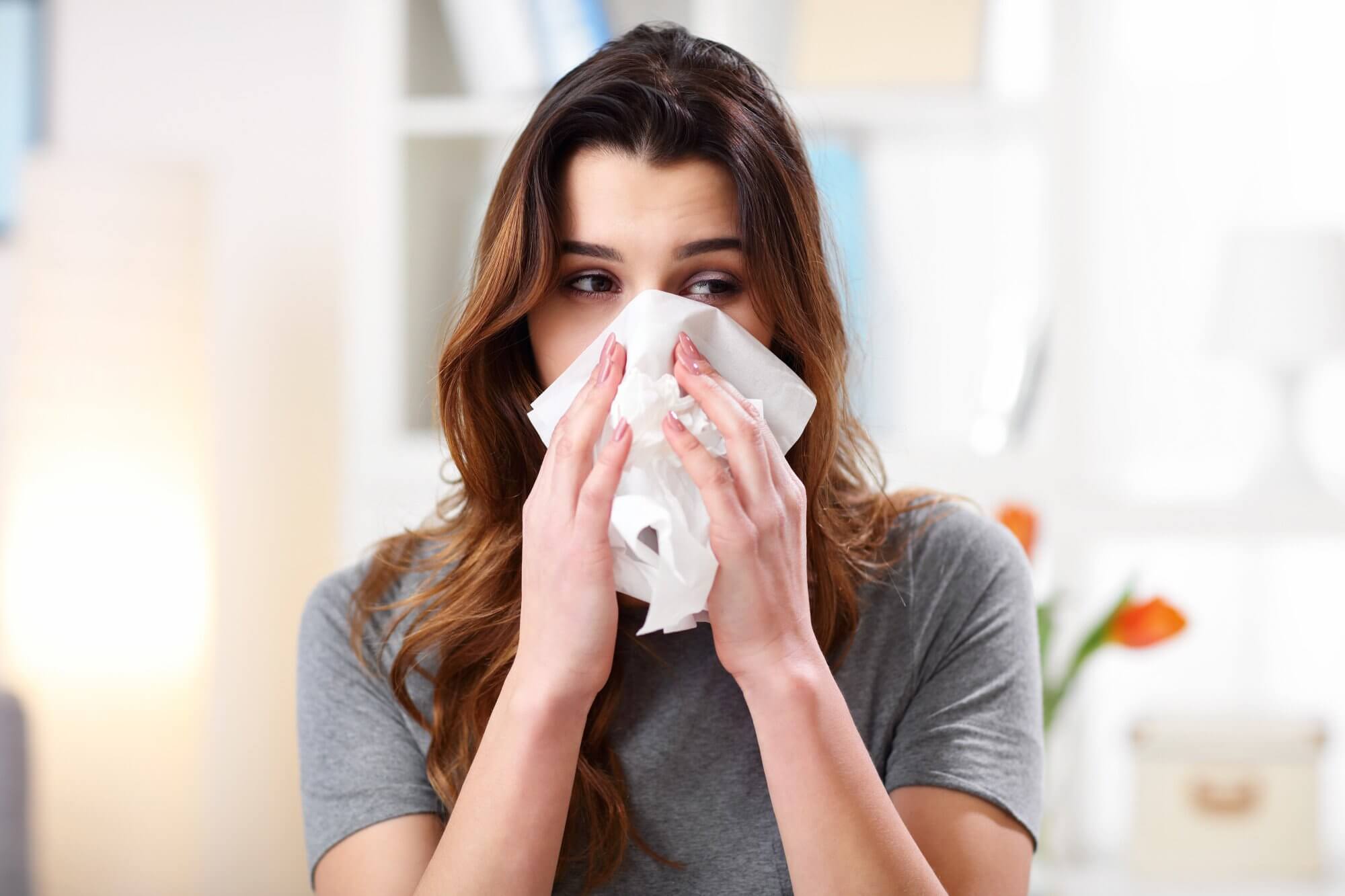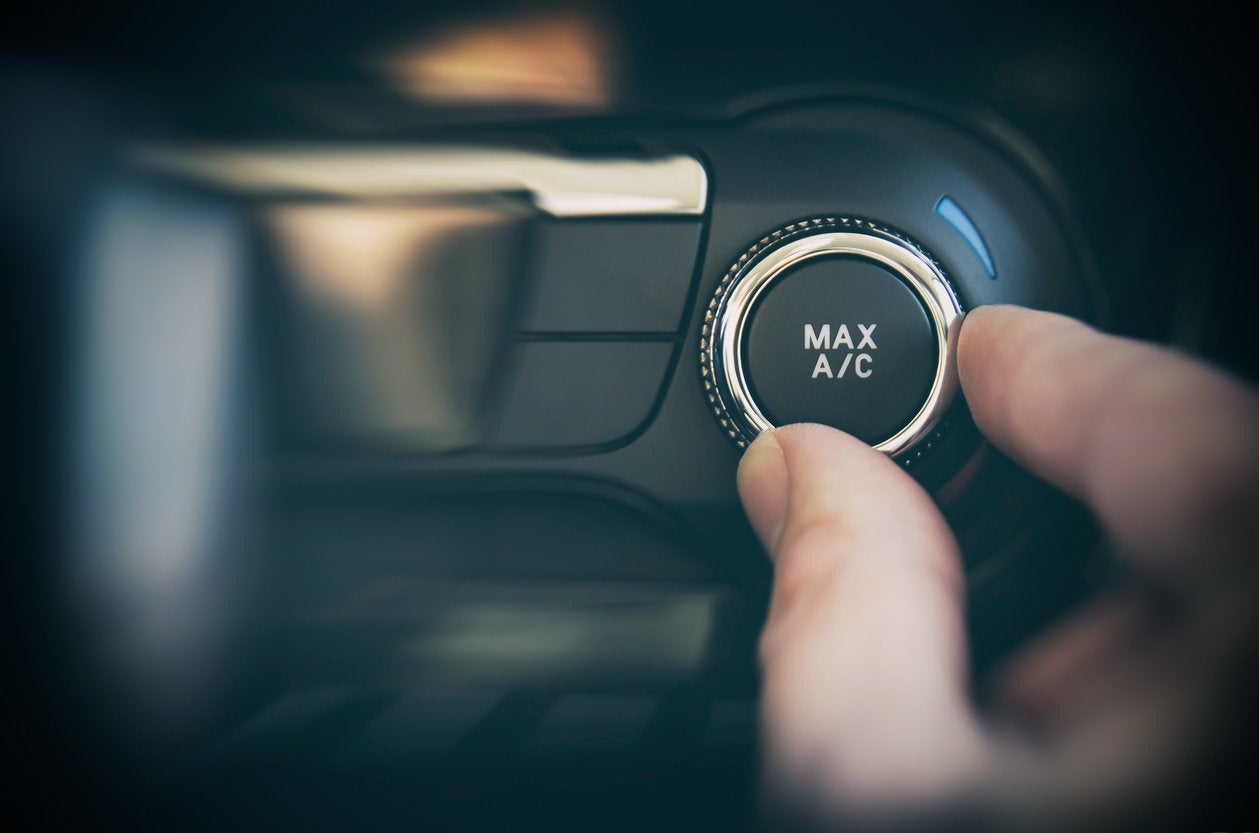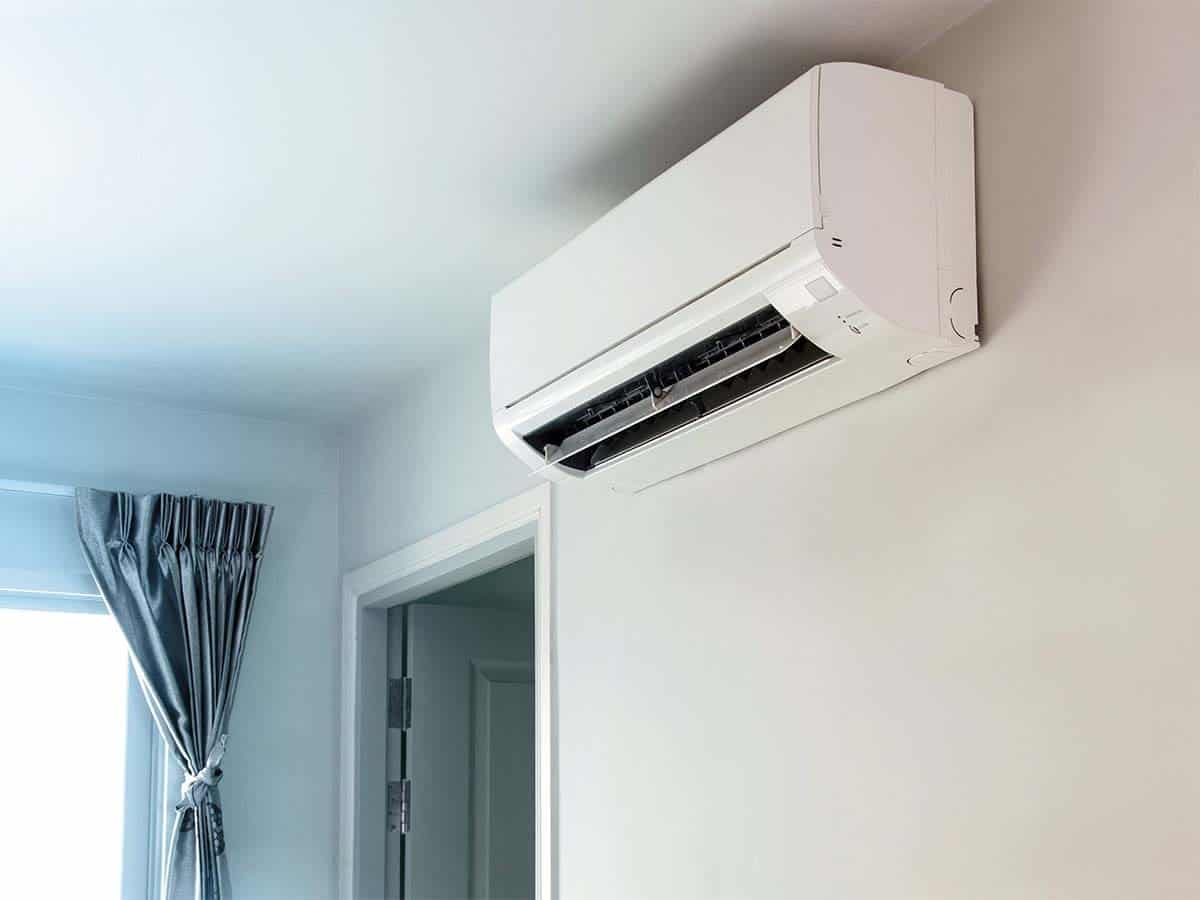Home>Home Maintenance>Why Do I Sweat So Much Even In Air Conditioning
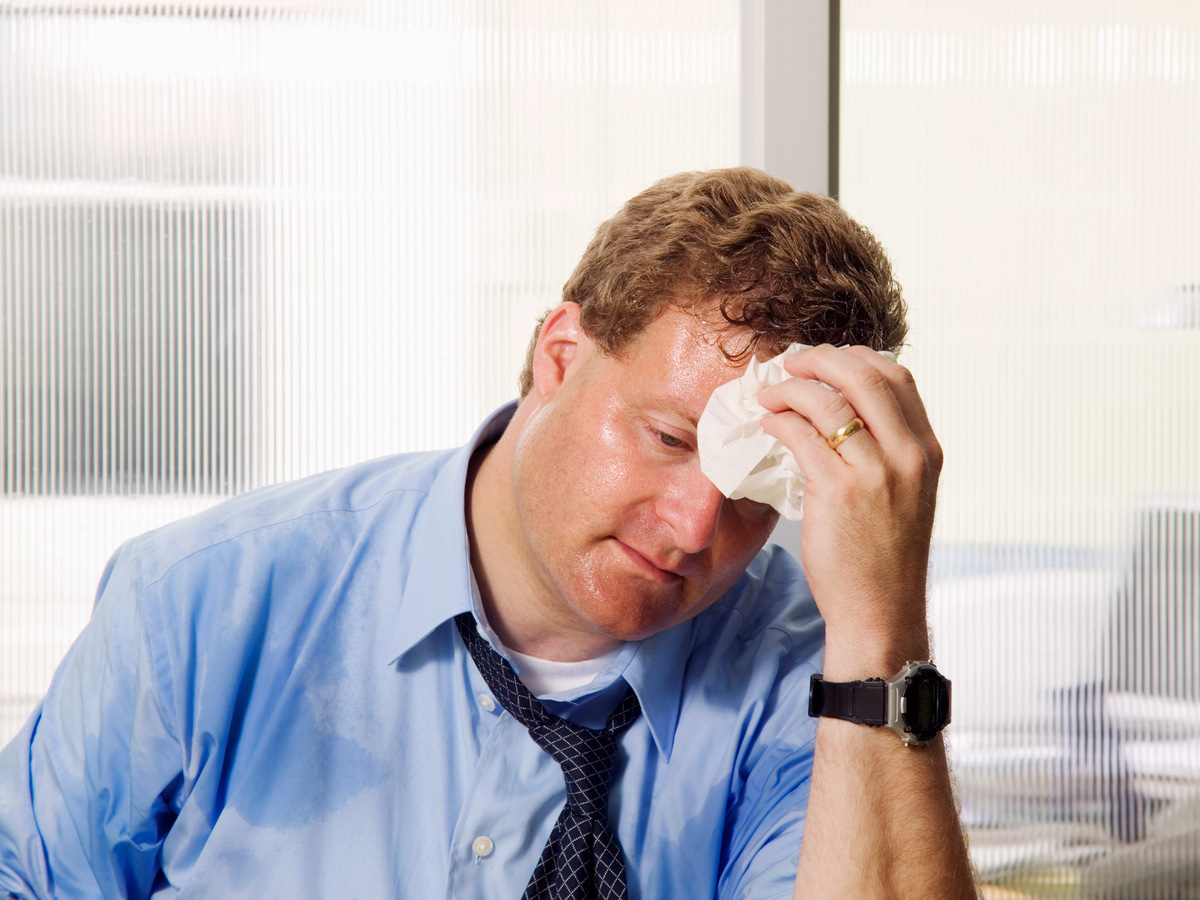

Home Maintenance
Why Do I Sweat So Much Even In Air Conditioning
Modified: March 6, 2024
Find out why you sweat excessively, even with air conditioning. Discover effective home maintenance tips to prevent excessive sweating.
(Many of the links in this article redirect to a specific reviewed product. Your purchase of these products through affiliate links helps to generate commission for Storables.com, at no extra cost. Learn more)
Introduction
Sweating is a natural bodily function that helps regulate body temperature and keeps us cool when our internal thermostat starts to rise. However, for some individuals, sweating can be a constant and bothersome issue, even in environments with air conditioning. This raises the question: Why do some people sweat excessively, even in the presence of cool air?
To understand this phenomenon, we need to delve into the science behind sweating and explore the various factors that can contribute to excessive perspiration. Additionally, we will examine how air conditioning can influence sweating patterns, and discuss the role of a condition called hyperhidrosis in exacerbating this issue. Finally, we will explore some practical ways to manage excessive sweating in air-conditioned environments.
So, if you’ve ever wondered why you find yourself drenched in sweat even when the air conditioning is cranked up, keep reading to uncover the answers and discover some helpful strategies for managing this common problem.
Key Takeaways:
- Excessive sweating, even in air conditioning, can be caused by genetics, hormones, stress, and medical conditions. Air conditioning can also impact sweating patterns, leading to discomfort.
- To manage excessive sweating in air conditioning, wear breathable clothing, use antiperspirants, stay hydrated, and seek professional help if needed. Everyone’s body is unique, so finding the right approach may require some trial and error.
Understanding Sweating
Sweating, also known as perspiration, is the body’s natural mechanism for cooling down and maintaining a stable body temperature. It occurs when our sweat glands, which are present all over the body, produce sweat that is then released through the pores on our skin.
Sweat is composed primarily of water, along with small amounts of minerals, urea, and other waste products. When sweat evaporates from the surface of our skin, it effectively dissipates heat and helps to cool our body.
The amount of sweat produced can vary from person to person and can be influenced by several factors, including physical activity, environmental conditions, hormonal changes, and emotional stress. While some degree of sweating is normal and necessary, excessive sweating, known as hyperhidrosis, can be a cause of concern and discomfort for many individuals.
Hyperhidrosis is a condition characterized by excessive, uncontrollable sweating beyond what is necessary to regulate body temperature. It can affect specific areas of the body, such as the underarms, palms, or soles of the feet, or it may be generalized, affecting the entire body.
The exact cause of hyperhidrosis is not well understood, but it is believed to be related to overactive sweat glands or an issue with the nervous system’s control over sweating. The condition can have a significant impact on a person’s daily life, causing embarrassment, social anxiety, and discomfort.
Now that we have a basic understanding of sweating and hyperhidrosis, let’s explore the factors that can contribute to excessive sweating, even in air-conditioned environments.
Factors that Contribute to Excessive Sweating
Excessive sweating can be influenced by various factors, both internal and external. Understanding these factors can help shed light on why some individuals experience excessive sweating, even in air-conditioned environments. Here are some common factors that contribute to excessive sweating:
- Genetics: Family history plays a role in determining whether you may be more prone to excessive sweating. If one or both of your parents have hyperhidrosis, there’s a higher chance that you may experience it as well.
- Hormonal changes: Fluctuations in hormone levels, such as during puberty, pregnancy, or menopause, can trigger excessive sweating. Hormonal imbalances can directly affect the function of sweat glands, leading to increased perspiration.
- Anxiety and stress: Emotional stress and anxiety can stimulate the body’s sweat response, leading to excessive sweating. This is because the body’s “fight or flight” response activates the sympathetic nervous system, which can stimulate the sweat glands.
- Diet and caffeine: Certain foods and beverages, such as spicy foods, hot drinks, and caffeine, can increase body temperature and trigger sweating. Additionally, consuming alcohol can dilate blood vessels and increase blood flow to the skin, leading to increased sweating.
- Medical conditions: Certain medical conditions, such as thyroid disorders, diabetes, obesity, and heart disease, can contribute to excessive sweating. It’s essential to address any underlying health issues that may be causing or exacerbating excessive sweating.
- Medications: Some medications, including certain antidepressants, antipsychotics, and medications for high blood pressure, can cause excessive sweating as a side effect. If you suspect that your medications are causing excessive sweating, consult with your healthcare provider.
- Environmental factors: While air conditioning can provide relief from hot weather, it doesn’t guarantee a sweat-free environment. High humidity levels and poor air circulation can hinder the evaporation of sweat, leading to a feeling of constant perspiration.
By understanding these factors, you can begin to identify potential triggers for your excessive sweating. This knowledge is essential to effectively manage and minimize sweating, even in air-conditioned spaces. In the next section, we will explore the influence of air conditioning on sweating patterns.
The Influence of Air Conditioning
Air conditioning systems play a significant role in controlling the temperature and humidity levels of indoor environments, providing much-needed relief during hot and humid weather. However, it’s important to note that air conditioning can also have an impact on sweating patterns and moisture levels on the skin.
When in an air-conditioned space, the lower temperature can cause vasoconstriction, which is the narrowing of blood vessels. This can reduce blood flow to the skin’s surface, decreasing the opportunity for sweat to evaporate efficiently. As a result, you may feel a build-up of moisture on your skin, leading to a perception of increased sweating.
Air conditioning can also create a temperature discrepancy between indoor and outdoor environments. When you transition from a cool, air-conditioned space to a hot and humid environment, such as stepping outside or entering a non-air-conditioned room, your body may experience a sudden temperature change. This rapid transition can trigger a sweating response as your body attempts to adjust to the new conditions.
Furthermore, air conditioning can lower the humidity levels in a room, resulting in dry air. This can cause dehydration of the skin, leading to a compensatory response from the sweat glands to maintain moisture balance. So, while you may not feel hot or uncomfortable in an air-conditioned room, your body’s natural cooling mechanism might still be activated.
It’s important to recognize that the influence of air conditioning on sweating patterns can vary from person to person. Factors such as individual metabolism, clothing choices, and personal comfort levels can influence how your body responds to air-conditioned environments. Some individuals may experience a temporary increase in sweating, while others may find relief from excess perspiration.
Understanding the influence of air conditioning on sweating can help us navigate the challenges of managing excessive sweating in such environments. In the following section, we will explore the role of a condition called hyperhidrosis in exacerbating excessive sweating, even in air-conditioned spaces.
Wearing breathable, moisture-wicking fabrics can help reduce sweating in air conditioning. Also, staying hydrated and avoiding spicy foods can help regulate body temperature.
The Role of Hyperhidrosis
Hyperhidrosis is a condition characterized by excessive sweating that goes beyond what is necessary to regulate body temperature. It can affect various parts of the body, including the underarms, palms, feet, and face. While sweating is a normal bodily function, individuals with hyperhidrosis experience sweat production that is significantly higher than average.
Hyperhidrosis can be classified into two types: primary and secondary. Primary hyperhidrosis is typically localized and does not have an underlying medical cause. It often starts during adolescence and can persist throughout a person’s life. On the other hand, secondary hyperhidrosis is usually more generalized and is caused by an underlying medical condition or medication.
The exact cause of primary hyperhidrosis is not fully understood, but it is believed to be related to an overactivity of the sweat glands or an issue with the nervous system’s regulation of sweating. The condition can be frustrating and embarrassing, leading to decreased self-confidence and social isolation.
When individuals with hyperhidrosis find themselves in air-conditioned environments, such as offices or shopping centers, they may still experience excessive sweating. Despite the cool temperature, their sweat glands can be hyperactive and produce an excessive amount of sweat. This can be particularly distressing as others around them may not understand why they are sweating profusely in an air-conditioned space.
Living with hyperhidrosis requires specific management strategies to control excessive sweating. Alongside seeking medical advice, individuals may opt for treatments such as antiperspirants, medications, or interventions like iontophoresis or botox injections. Each treatment option has its own benefits and considerations, and it is important to consult with a healthcare professional to determine the most suitable approach.
Coping with hyperhidrosis in air-conditioned environments can be challenging, but there are strategies that individuals can employ to manage the condition effectively. In the following section, we will explore some practical ways to manage excessive sweating in air-conditioned spaces.
Read more: Why Do Candles Sweat
Ways to Manage Excessive Sweating in Air Conditioning
Excessive sweating, particularly in air-conditioned environments, can be frustrating and uncomfortable. However, there are several strategies that can help manage and minimize excessive sweating. Here are some practical ways to navigate excessive sweating in air conditioning:
- Choose breathable clothing: Opt for lightweight, breathable fabrics like cotton or linen that allow air to circulate and moisture to evaporate more effectively. Loose-fitting clothing can also help minimize contact and friction, reducing sweating.
- Use antiperspirants: Apply antiperspirants that contain aluminum chloride or aluminum zirconium to problem areas like the underarms or palms. These antiperspirants work by temporarily blocking sweat ducts, reducing the amount of sweat that is released.
- Keep cool with personal fans or handheld devices: Carry a small portable fan or handheld device that can provide a constant stream of cool air. This can help alleviate discomfort and aid in evaporating sweat.
- Keep hydrated: Drinking plenty of water helps maintain your body’s moisture balance and can help regulate body temperature. Avoid excessive consumption of sugary or caffeinated beverages, as they can increase sweating.
- Consider medications or medical interventions: If excessive sweating persists despite lifestyle modifications, consult with a healthcare professional. They may prescribe medications that help regulate sweating or recommend medical interventions such as iontophoresis (a procedure that uses low-level electric current to temporarily reduce sweat gland activity) or botox injections to minimize excessive sweating.
- Practice stress management techniques: Stress and anxiety can trigger excessive sweating. Engaging in activities like deep breathing exercises, meditation, yoga, or mindfulness can help reduce stress levels and, in turn, minimize sweating.
- Seek professional help for hyperhidrosis: If you suspect you have hyperhidrosis, seek medical advice from a dermatologist or healthcare professional who specializes in sweat disorders. They can provide a proper diagnosis and recommend appropriate treatment options tailored to your specific needs.
Remember, while these strategies can help manage excessive sweating, it’s important to recognize that everyone’s body is unique, and what works for one person may not work for another. Finding the right combination of techniques and treatments may require some trial and error.
Lastly, it’s crucial to maintain a positive mindset and seek support from friends, family, or support groups who can understand and empathize with your experiences. Managing excessive sweating in air-conditioned environments is possible with the right tools and approaches. So, don’t let excessive sweating hinder your comfort and confidence. Take control and find the solutions that work best for you.
Conclusion
Excessive sweating, even in air-conditioned environments, can be a frustrating and uncomfortable experience. However, understanding the factors that contribute to excessive sweating and the influence of air conditioning can help us manage this issue effectively.
We learned that sweating is a natural bodily function that helps regulate body temperature. Factors such as genetics, hormonal changes, anxiety, diet, medical conditions, medications, and environmental factors can all play a role in excessive sweating.
Air conditioning, while providing relief from hot temperatures, can also impact sweating patterns. The lower temperature and reduced blood flow to the skin’s surface may hinder the evaporation of sweat, leading to a feeling of constant moisture on the skin. Additionally, transitioning between air-conditioned spaces and different environments can trigger a sweating response as the body adjusts to the temperature changes.
For individuals with hyperhidrosis, the condition can intensify excessive sweating even in air-conditioned spaces. Hyperhidrosis requires specific management strategies, and seeking medical advice is essential for personalized treatment options.
To manage excessive sweating in air conditioning, we explored practical methods such as wearing breathable clothing, using antiperspirants, carrying personal fans, staying hydrated, considering medications or medical interventions, practicing stress management techniques, and seeking professional help for hyperhidrosis.
It’s important to note that finding the right combination of strategies may require some experimentation, as everyone’s body is unique. Maintaining a positive mindset and seeking support from others who understand the challenges of excessive sweating can also be beneficial.
So, if you find yourself sweating excessively in an air-conditioned environment, remember that you are not alone, and there are techniques and treatments available to help you manage and find relief. With the right approach, you can regain your comfort and confidence, even in the coolest of spaces.
Frequently Asked Questions about Why Do I Sweat So Much Even In Air Conditioning
Was this page helpful?
At Storables.com, we guarantee accurate and reliable information. Our content, validated by Expert Board Contributors, is crafted following stringent Editorial Policies. We're committed to providing you with well-researched, expert-backed insights for all your informational needs.
